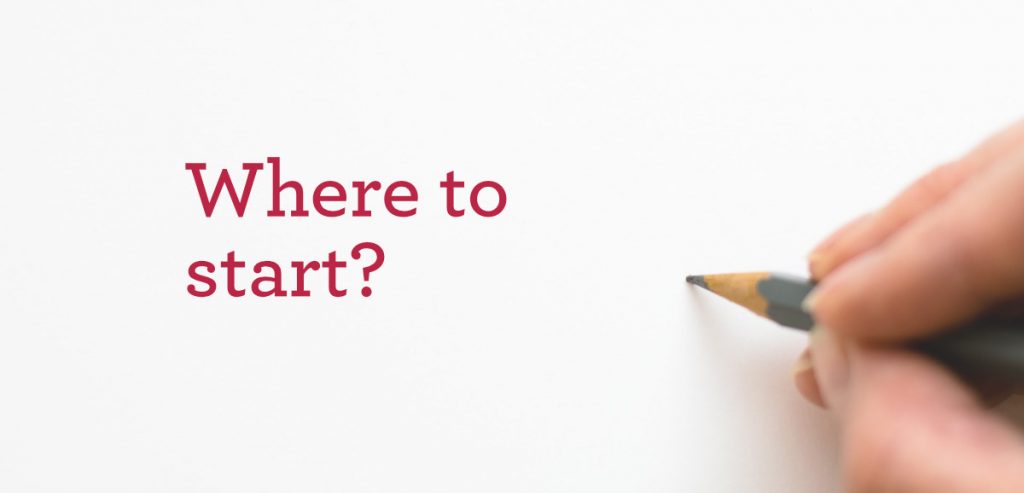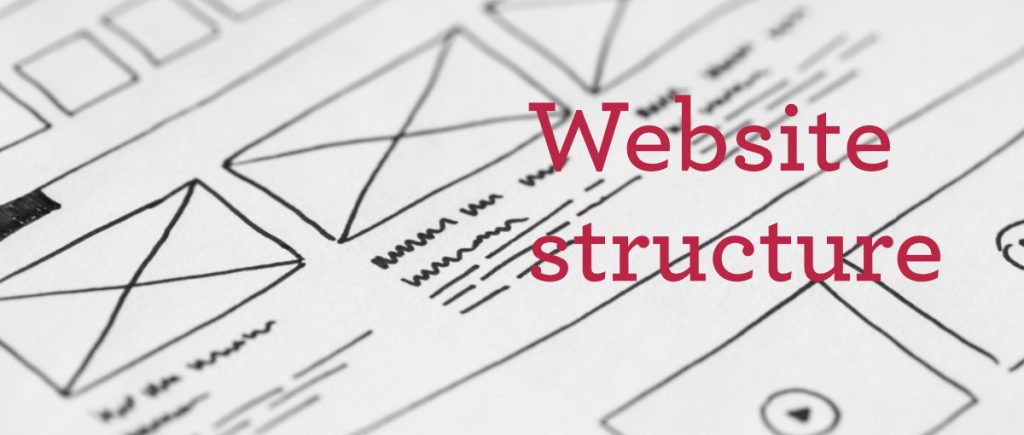Investing in a new website can be a big step for any business, small or large. One of the first questions new clients often ask me is about is the web design process. Which is why I have devised an 9 step guide of the process I follow when developing a new custom designed website. It explains how I work together with each of my clients to create websites that are unique and help drive their business forward.
The first 3 steps of the web design process cover the research stage: defining the project, setting goals and developing an understanding of the target audience and competition. The next 3 steps are about wire-framing the website: defining scope and features, developing a content framework and building a sitemap. The final 3 steps involve design and branding, website development, content upload and testing.
Here is the web design process in more detail:

Step 1
The first step is about identifying the project, defining what you are hoping to achieve. This involves describing the concept, project or service the website is meant to provide or promote. What are the website goals? Will the website need to generate revenue directly (i.e. through online sales or subscriptions), and if so, how will it do this? Finally, it is important, even at this stage, to define what success would look like – how many hits do you need, or how many sales per month?
Step 2
The second step is understanding your audience. This is important because the aim is to create a design and user experience (UX) consistent with your audience’s other consumer experiences. So we need to know: who will this website be aimed at and what are your target audience’s demographics: income, gender, and age? What are their consumer habits? What other goods and services do they buy and which websites do they visit? What other forms of media do they indulge in? And finally: how will what you offer be useful for your audience?

Step 3
Researching your competition is an important third step in the web design process. Who are your online competitors and what sets your business or organisation apart from your competition? On their websites, what have they done right and what aspects do you feel could be improved upon?
Step 4
Defining the website scope. After all the initial research you should now reach a point where you are able to define the website scope. Ask: what pages and features does the site require to fulfil its goals? Does it need e-commerce functionality, social media integration, newsletter sign-up or subscription features? What is the best way to develop these?

Step 5
Website structure and content. Once the website scope is defined, it’s time to create a wireframe, to show how the content will interrelate. I also like to mock-up the homepage structure quite early on, as the homepage is central to a good user experience and visitor retention rates – what content and page links need to be featured? At this stage it is important to work on creating the website content – visuals and text need to be ready for the next stage, where the magic really starts happening!
Step 6
Website design. As a designer, this is, for obvious reasons, one of my favourite stages in the web design process! After all the initial work, it’s time to find the style of the website and implement the visual brand. This stage includes researching other websites for inspiration, not to copy their look, but to get a feeling from my client what they like and dislike. I need to have a good understanding of my client and client’s business to create a design that truly represents them.
Based on moodboards and sketches, I create the first mockup of the website, usually of the homepage and a few of the other main pages. This is to clearly show the proposed design and site navigation. Based on my client’s feedback I will then revise the designs until my client is happy and ready to move to the next stage of the web design process.

Step 7
Coding the website in two stages. Once I have mocked up all the pages and the client has signed off all the designs, it’s time to start coding the site. This takes places in two stages, including another testing stage. Initially the designs get converted to responsive html. They can then be tested on mobile, tablets and desktop, and will already show a lot of the interactivity. Once this stage has been completed, and any necessary changes made, the html pages get converted into the final custom designed WordPress theme.
Step 8
Adding the final content. At the stage when the WordPress theme has been developed, it is ready to be installed on the server. I connect the individual pages together, build the navigation and add all the content. Once the site is complete, it is important to factor in some more website testing time, so that any last niggling issues can be ironed out before…
Step 9
Launch! The website is now ready to be launched. I always suggest a soft launch first, to get some user feedback before making any big announcements. Once this stage has been completed, PR work can be started and the website can go live!




